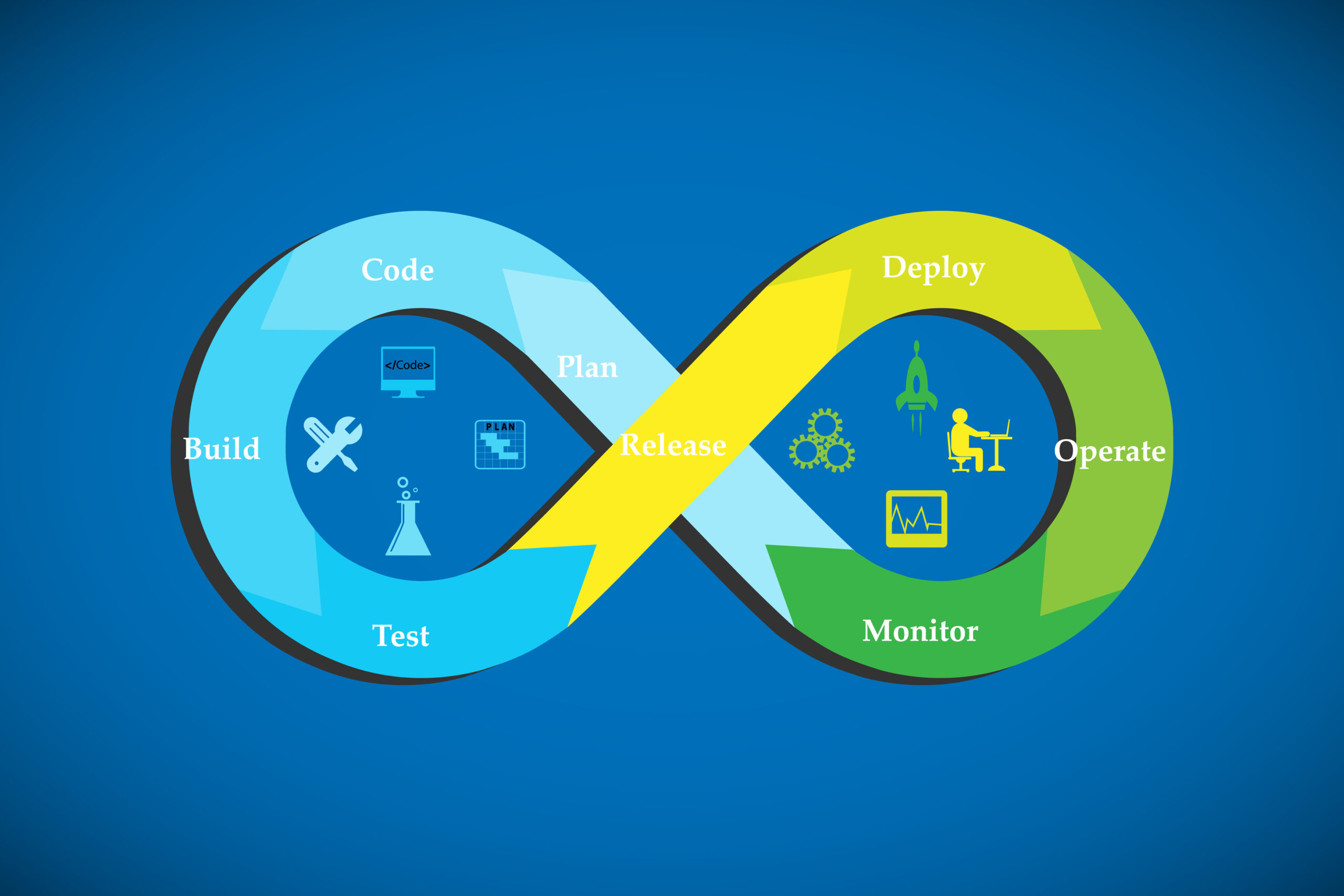
Navigating DevOps: A Look Back at Jenkins World 2017

When a movement moves at the pace of DevOps, what’s the best way to navigate in the latest developments it has to offer? Team Apexon has just returned from Jenkins World, held in San Francisco last week. I was astounded and delighted in equal measure at the sheer volume of innovation all around me. Organizations of all backgrounds – consultancies, product vendors, clients deploying DevOps initiatives – gathered together to explore a common initiative: how to make DevOps integration work faster, better and more efficiently.
This year the palpable theme that emerged was around navigating DevOps within the organization. A slew of new tools have been launched focusing on different ways to gain insights into the internal efficiencies of the process, to highlight bottlenecks and alleviate pressure points, including CloudBees’ DevOptics, new user experience features, and much of the other news emerging from the event. Apexon’s own commitment to help customers advance their DevOps maturity has traditionally taken the form of services and tools designed to assess, enable and optimize DevOps initiatives. This year we are proud to launch a new suite of Enterprise Jenkins training services in collaboration with our partner, CloudBees, the enterprise Jenkins company, which aims to rapidly upskill DevOps staff and accelerate the journey to digital transformation.
We believe this is an extremely important part of the DevOps jigsaw puzzle. The rapid rise of Jenkins adoption as the de facto enterprise DevOps tool is testament to its power to transform digital initiatives. But we risk jeopardizing our own progress if we don’t pay equal attention to developing a talented pool of professionals capable of deploying DevOps successfully.
Early indicators show that this kind of targeted training helps DevOps projects “bed in” quicker and enables more rapid deployment. When we worked with a large US national bank to train 150 of their employees in CloudBees, we saw a 60 percent reduction in support issues directly as a result of the training. Learning skills to spot, diagnose and solve issues as they arise accelerates the pace of digital transformation.
Our Jenkins World adventure was packed with many other pit stops. A definite highlight for us was the popular presentation by Sanil Pillai, director of Apexon Lab-as-a-Service, on how to “Auto-Convert Your Freestyle Jenkins Jobs to Coded Pipeline.”
If you didn’t get a chance to take our Free DevOps Maturity Assessment at the booth, here is the online version of the self-assessment tool. This tool will help you evaluate how you measure up against industry best practices and learn techniques to advance in maturity.
Equally, if you weren’t able to secure a place on our free 90-minute session covering key features of Jenkins 2.0, Jenkins Blue Ocean, migration tips and a primer on writing CI/CD pipeline as code, contact us and we can arrange an alternative time.
See you next year!







